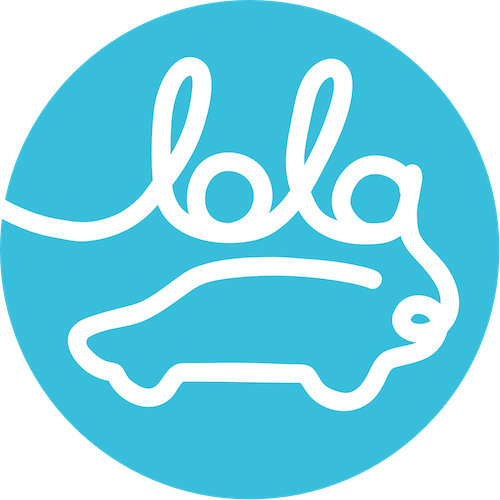Duration: Every RDE drive must last between 90 and 120 minutes.
Segments: Tests consist of three segments: Urban, Rural and Motorway. Although the names may give the impression that the segments are determined by the type of road you are driving, the decisive criterion is the speed of the car:
- Between 0 and 60 km/h is accounted to Urban,
- between 61 and 90 km/h counts to Rural, and
- between 91 and 145km/h represents the Motorway segment.
Distance: In each segment, at least 16 km must be travelled. At the end of the trip, the Urban segment must constitute between 29% and 44% to the total trip distance, Rural and Motorway segment each must constitute between 23% to 43% to the total distance.
Tipp: A consequence of the distance constraints is that the Urban segment takes the most time. In our experiments, we spent about half the time for the Urban segment.
Before you begin with an RDE test, LolaDrives asks you about the expected trip length that you are targeting. Based on this information, the guiding view displays a bar for each segment with the lower and upper percentage for the expected total trip length.
Tipp: It may happen regularly in the Rural segment that you get back into the Urban segment (e.g., when crossing villages or due to speed reductions), so try to target the lower limit of the Urban segment.
Stop Time: Stops can only happen in the Urban segment, because the segment is determined by the speed. Between 6% and 30% of the total time in the Urban segment must consist of stops. At least five of these stops must be at least 30 seconds long.
Trip Dynamics: The accelerations must not be too soft or too aggressive. It is difficult to describe the precise conditions here. If you drive reasonably, you will meet the driving dynamics conditions. The guiding view of LolaDrives gives you visual feedback for your driving dynamics: The blue bars are separated by a wall in the middle. Each half contains a small ball. You should keep both balls close to the wall in the middle. The left ball moves to the left if the driving behaviour is too soft, and the right ball moves to the right if the driving behaviour is too aggressive.
Tipp: The trip dynamics indicators in the guiding view will become meaningful after a few kilometres of driving in the segment.
These are the most important conditions that must be met. More conditions can be found in the table below, in the regulation and on several websites.
| Ambient Temperature | 0°C to 30°C |
|---|---|
| Maximum Speed | 145km/h (160km/h for 3% of the time in Motorway) |
| Payload | ≤ 90% of maximum vehicle weight |
| Altitude | 0m to 700m |
| Stop percentage | 6% to 30% of time in Urban |
